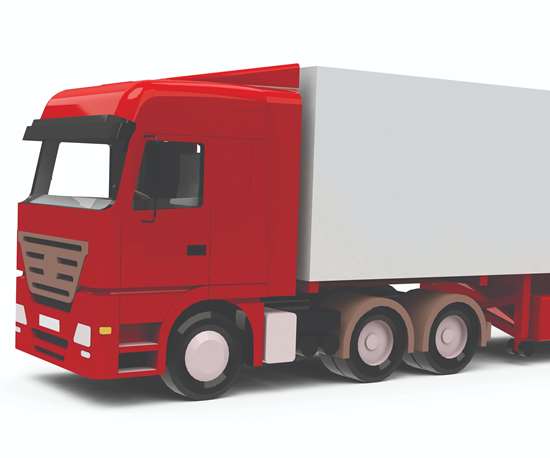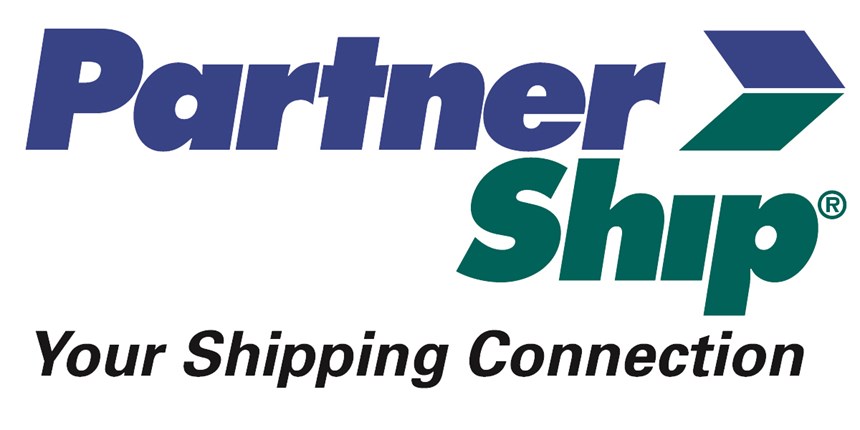Truckload Shipping 101
According to Morgan Stanley Research commissioned by the American Trucking Association, the truckload market is $630 billion annually or 75 percent of the total domestic freight transportation market by revenue.
#basics
Truckload freight refers to a large shipment (typically over 10,000 pounds) that fills an entire semi-trailer. According to Morgan Stanley Research commissioned by the American Trucking Association (ATA), the for-hire and private truckload market is $630 Billion annually or 75 percent of the total domestic freight transportation market by revenue.
To better help customers understand the specifics and benefits of this mode of transportation, this article will outline:
Featured Content
- What constitutes a truckload shipment
- The benefits of shipping truckload
- How to obtain accurate quotes to ensure savings
What is Truckload?
The easiest way to define truckload, and its associated requirements and charges, is to compare it to the other most commonly used shipping mode: Less-Than-Truckload (LTL).
Truckload averages 20,000 pounds, with a minimum of 10,000. LTL runs from 150 to 10,000 pounds, with an average shipment of around 1,200 pounds.
While LTL is typically palletized and is priced based on weight, destination, class and accessorial charges, Truckload is typically charged by a per mile rate and packaged in a number of different ways.
The biggest difference between the two modes is in how and when a shipment will leave and arrive. LTL shipments usually share the ride with several other shipments, with several stops along the delivery path to load and unload other LTL shipments. Truckload shipments have only one shipment, and stay on the same trailer from loading at point A to delivery at point B.
Lastly, while there are about 125 LTL carriers nationwide, with the top 25 handling 85 to 90 percent of all LTL shipments, there are well over 100,000 companies acting as truckload carriers.
Benefits
If a company has correctly identified a shipment as truckload, what are the benefits of a truckload move? Major benefits to shipping truckload over other freight moves, like LTL, is that companies greatly reduce the risk of damages, increase the speed of transit, receive better insurance coverage and no freight class is required.
This can all be achieved due to the simple fact that the freight is staying on one truck throughout its entire trip. LTL shipments pause at different stops, move the freight on and off the truck, put other shipments next to yours and this is all usually done multiple times throughout transit. It’s easy to see how the margin of error (for damages, losses and delays) increases significantly during transit.
Lastly, because of the direct delivery nature of truckload shipments, carriers don’t need to have additional overhead like terminals, which limits capital investments and results in generally lower costs.
Quoting
In order to get the best quote, it’s imperative to have the following information squared away before setting out to get a bid.
- The basics. Pick up and drop off locations, any date or delivery time requirements, how much weight, how it’s packaged and how many individual pieces.
- Type of equipment needed. Can a delivery be shipped via a standard dry van (up to 44,000 pounds or 26 standard sized pallets)? Or will it need a flatbed, refrigerated or other specialty type of trailer?
- Commodity. A basic description of the shipment contents will help get the most accurate quote.
- Shipment value. Typical legal liability coverage tops out at $100,000 per trailer, and there is no longer any federal requirement for carriers to carry insurance. So, a company will want to make sure it is sufficiently covered.
RELATED CONTENT
-
5 Ideas for Continuous Improvement
These suggestions for manufacturing process improvements are based on Kaizen ideas that call for never-ending improvement from the entire organization.
-
7 Causes of Quench Cracking in Steel
Failures of steel parts in service or production occur infrequently. However, when steel parts fail, the consequences are dire. Here are seven ways that steel can fail as a result of quench cracking from heat treatment.
-
4 Tips for Building an Effective Machining Apprenticeship Program
Developing the right apprenticeship program can be one of the best things a machine shop can do for itself and for the future of manufacturing. Here are key “do’s” and “don’ts” to follow.







